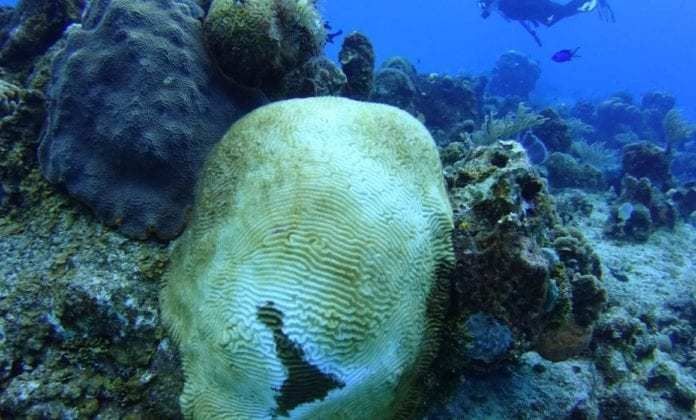Mexico bans tourism in part of Cozumel Island to protect the corals
Cozumel Reefs National Park has a maximum capacity of 2,500 visitors per day. However, due to the high demand, it tends to exceed and reach 3,500 people per day.

In Mexico, the areas of the Arrecifes National Park on the island of Cozumel are a cause for concern, which is why the National Commission of Protected Natural Areas (CONANP) decided to temporarily suspend tourism activities in that area of the Mexican Caribbean, to protect the corals. The Advisory Council, made up of state and municipal authorities and civil and business organizations, unanimously decided to temporarily close the Palancar reef and the restricted use zone, which includes reef Colombia and the site known as "El Cielo".
Brenda Hernandez, deputy director of Conanp in Cozumel, announced that the measure will come into effect on Oct. 7, so the more than 12,000 cruise passengers from around the world who arrive daily to the island of Cozumel (more than 4 million a year) - will be prohibited from underwater activities in these places. "It was decided to give a break to these three zones because they are the ones that are in a better state of conservation concerning the white syndrome. It is a strategy to conserve our genetic bank (of corals) under a precautionary principle," Hernández told the EFE news agency.
The park's Advisory Council used three studies to make the decision. One was about the quality of Cozumel's seawater, another was about the health of the corals, and the third was the monitoring of public use and impacts. Cozumel Reefs National Park has a maximum capacity of 2,500 visitors per day. However, due to the high demand, it tends to exceed and reach 3,500 people per day, which is why the measure seeks to reduce the flow of tourists in coral areas.
Fifty percent of the corals in Cozumel died because of the rare and unprecedented disease in Mexico called a white syndrome. This disease was first detected in the country last summer. The characteristic of this outbreak is that it affects many species and massively the meandroids or brain corals, so commonly called because of their sphere shape. Although there are still no definitive explanations about the problem, there are several indications about the possible causes. These are the increase in sea temperature, the massive presence of the Sargasso macroalgae, and the increase in the presence of substances coming from wastewater.




